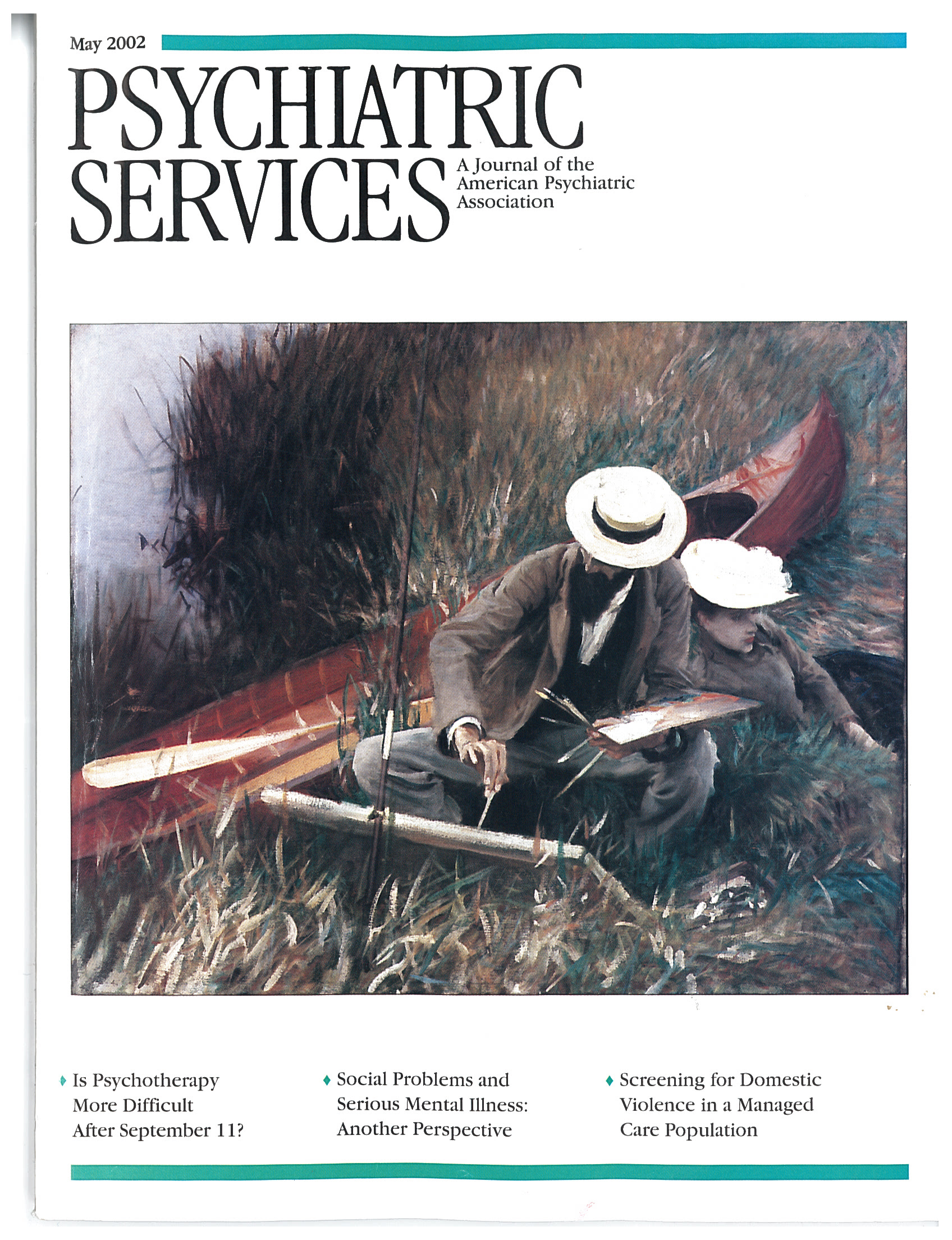"I think I want to kill myself"
I think I want to kill myself" is a frightening admission to hear from a friend, a family member, or a loved one. You may not want to believe it. You may feel shock. You may feel frozen by a need to say the right thing. These are natural reactions. Having them does not mean you cannot help.
Although a great many people have considered suicide at some time, only a tiny minority actually attempt it, and, of these, only a fraction die from suicide. Nevertheless, suicide occurs frequently enough that in 1999 the U.S. Surgeon General declared it an important public health problem.
In 1997, suicide was the eighth leading cause of death in the United States; for 15- to 24-year-olds, it ranked third after unintentional injuries and homicide. Men die by suicide more often than women, most commonly by a firearm.
Suicidal Intent
Suicidal intent is widely understood to be rooted in hopelessness, the feeling that one's situation is unbearable and inescapable. People who feel suicidal often describe death as the only "solution" to their suffering or circumstances. Restoring hope is critical to helping a suicidal person stay alive. Other emotional factors involved in suicide include major losses, injuries to self-esteem, terribly mixed feelings toward loved ones, and unexpressed rage. Suicide is a self-inflicted form of murder that does great harm to the survivors.
Despite the broad media attention given to "rational" suicides, such as assisted suicides among persons with terminal illnesses, more than 90 percent of people who kill themselves suffer from depression or another treatable mental or substance use disorder. In fact, surveys of terminally ill persons indicate that very few want to take their life; those who do are also suffering from depression. Other mental disorders associated with a higher risk of suicide include bipolar disorder, schizophrenia, borderline personality disorder, and alcoholism. Having both a mental disorder and a substance use disorder increases a person's risk. The best prevention for suicide may well be the identification and treatment of mental or substance use disorders.
Having a mental illness may predispose people to suicide, but other individual and environmental factors contribute—for example, a family history of suicide, mental disorders, or substance abuse; a prior suicide attempt; violence or sexual abuse in the family; firearms in the home; and incarceration. Although the presence of such factors can help researchers identify groups at risk of suicide, we do not yet have the knowledge to predict whether an individual will attempt suicide.
What You Can Do
More than 75 percent of people who die by suicide do things before their death to communicate their despair to others. It is important to recognize and respond to these messages. Many are not harmless bids for attention but expressions of extreme distress.
A suicidal person feels intense psychological pain. You can help by sympathizing with that pain. The very fact that the person has confided in you suggests a trust in your ability to respond. Encourage the person to talk. Listen carefully. You don't need to say much, and there are no perfect words to respond with. Your tone and manner can convey the genuine concern you feel. Remember that the suicidal person very likely has mixed feelings about dying—otherwise, he or she would not have confided in you. Express hopefulness that the pain will get better if the person seeks help and does not close the door on life now.
Avoid sermonizing, arguing, problem solving, giving advice, or telling someone to "forget about it." Do not agree to keep secrets. Ask if the person has a plan, has the means to enact that plan, and has decided when to act. If a suicide attempt has been made or is imminent, call 911. Do not leave the person alone. If possible, remove any lethal means of self-harm.
The likelihood of suicide can be reduced if we help people who are suicidal to feel hopeful and to receive effective care.

